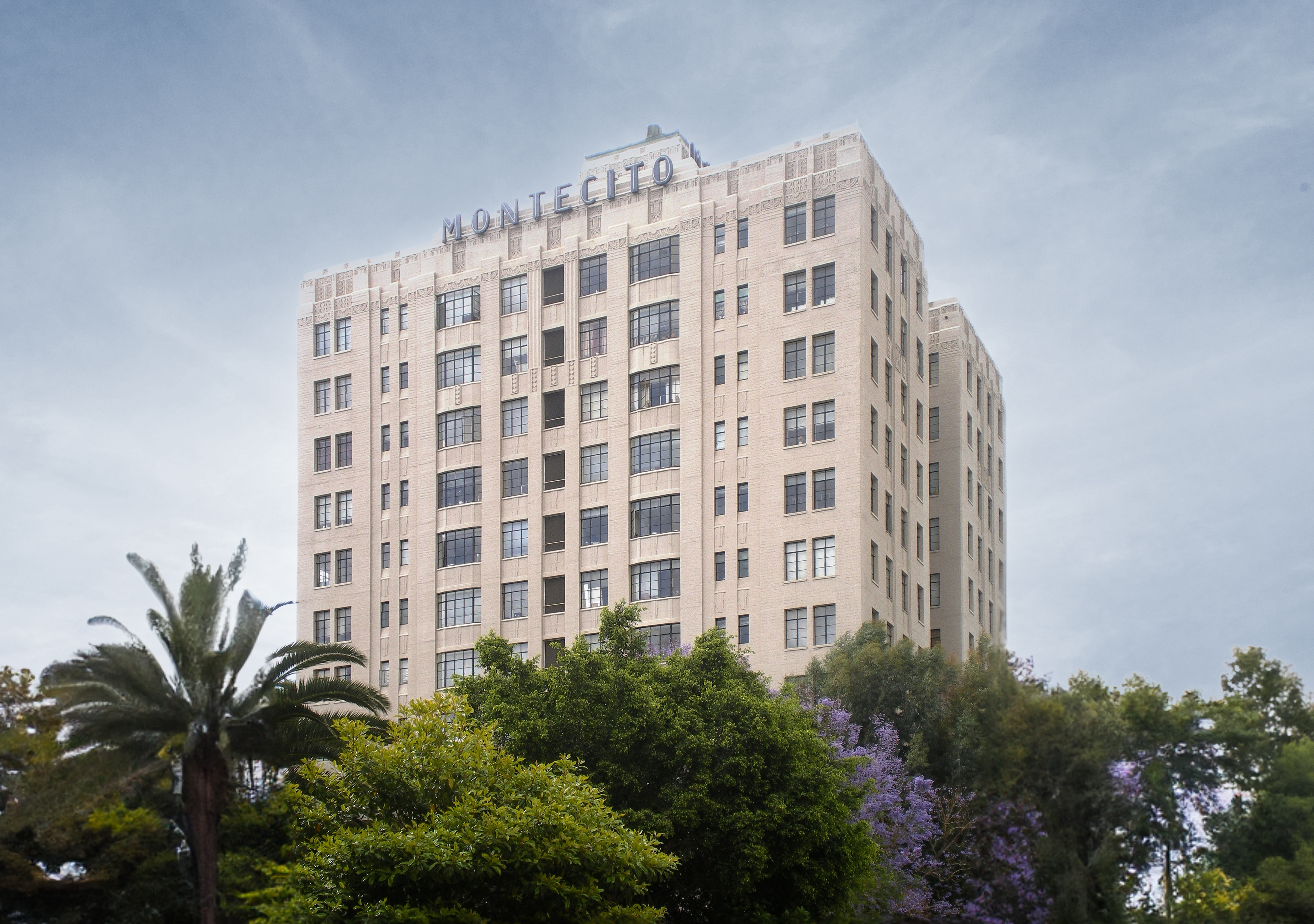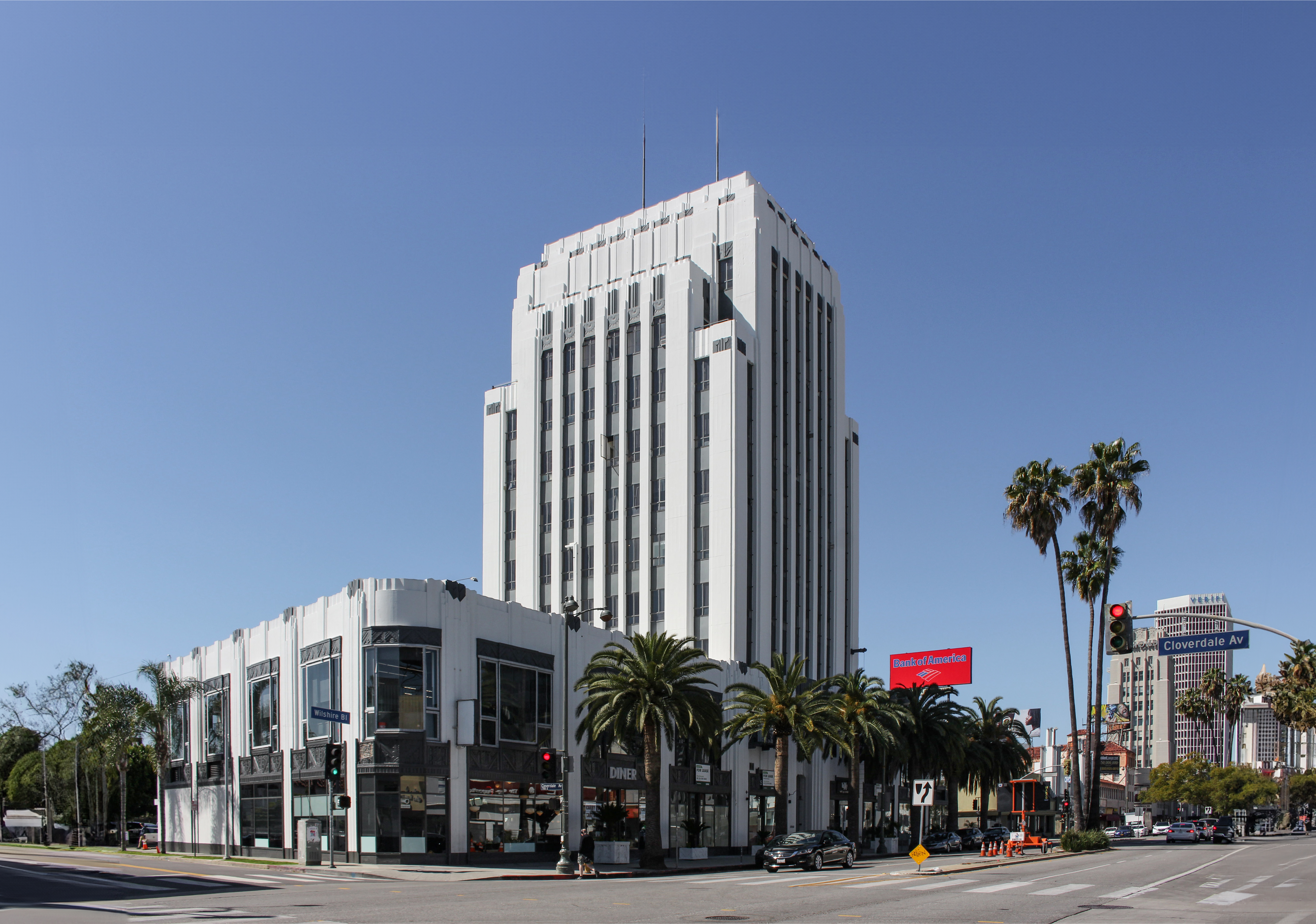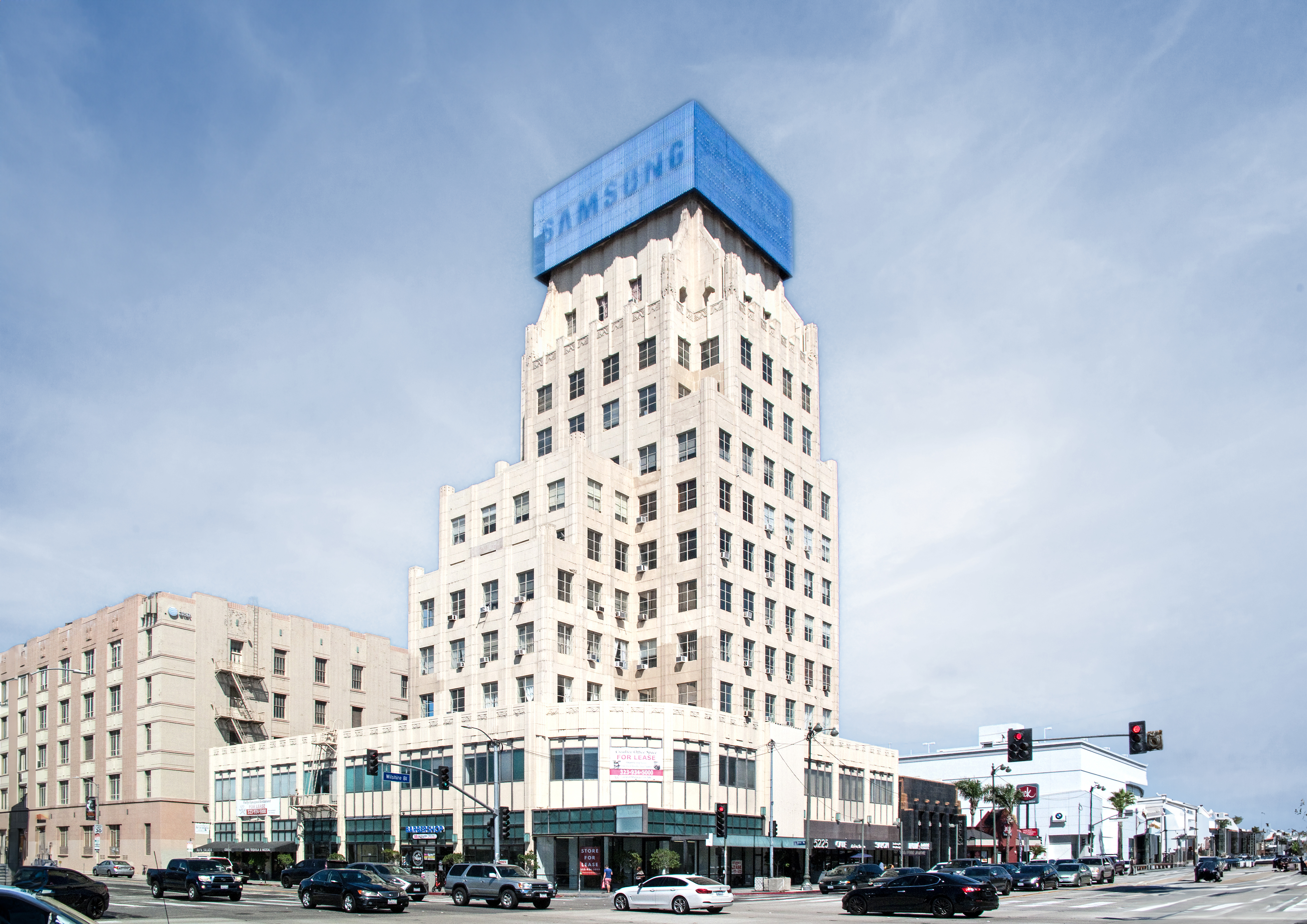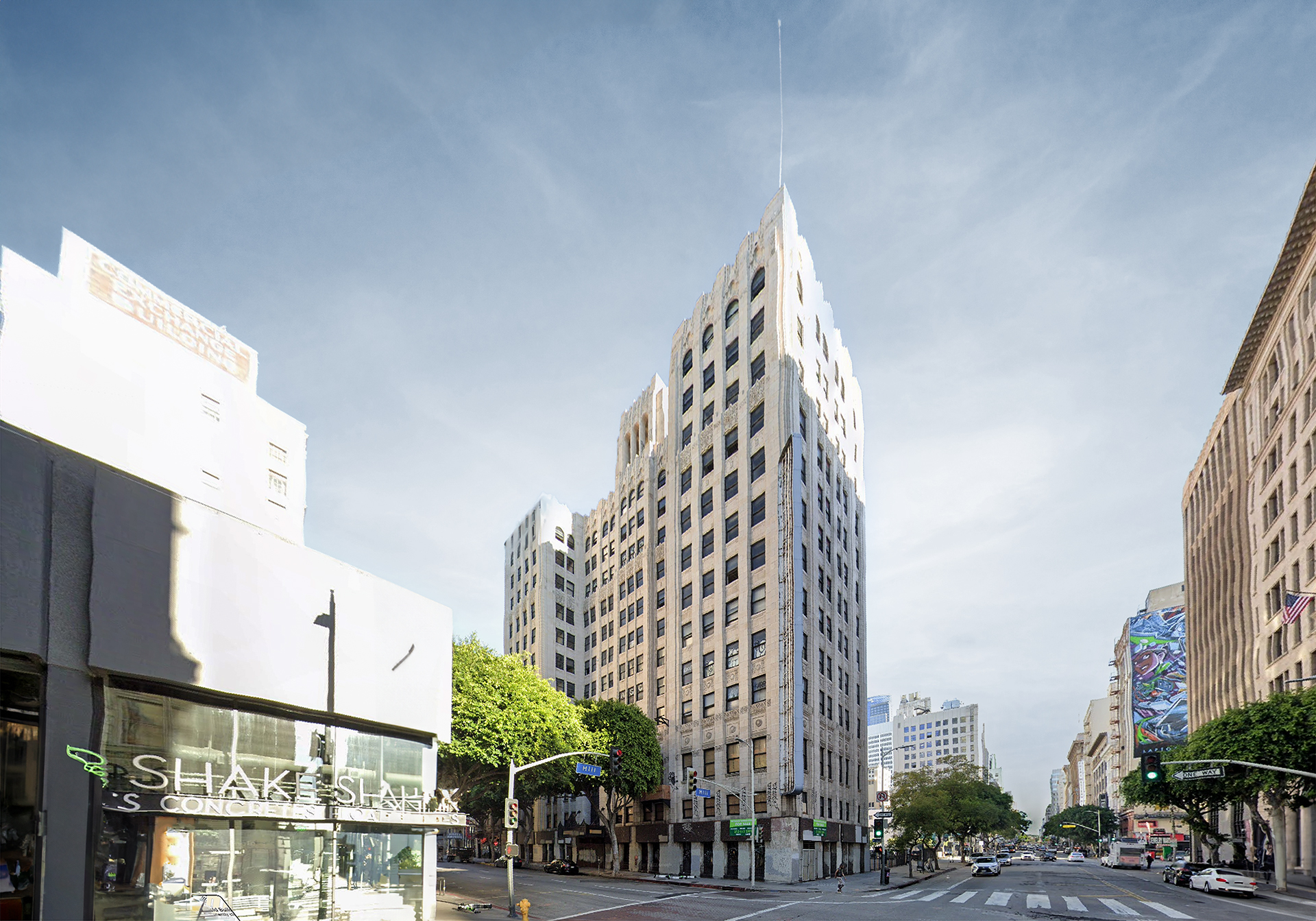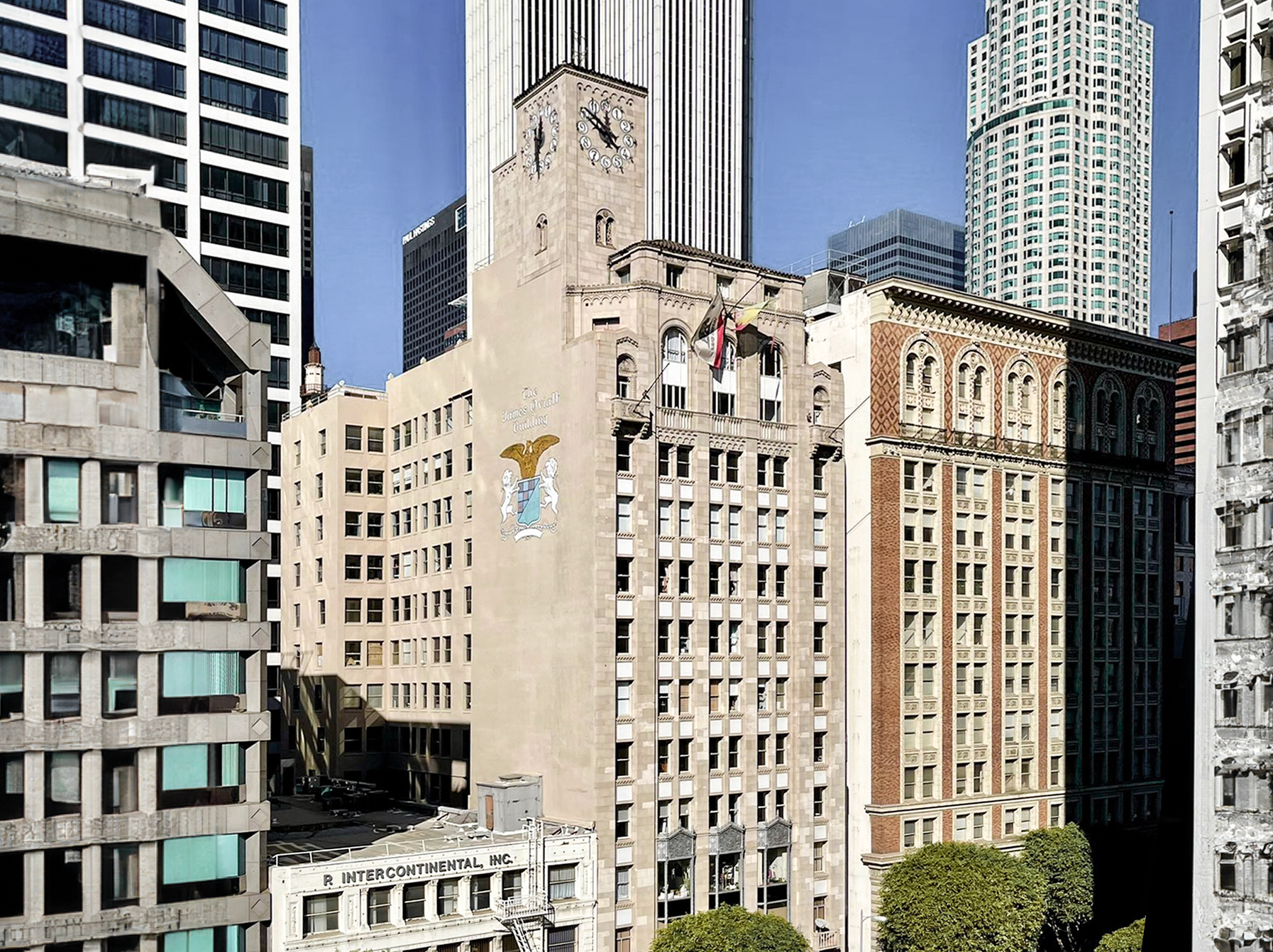The Montecito Apartments is an Art-deco skyscraper designed by Marcus P. Miller, and built between 1930 and 1931, for a reported $1.00 million dollars, in Los Angeles, CA.
Its precise street address is 6650 Franklin Avenue, Los Angeles, CA. You can also find it on the map here.
The Montecito Apartments is a structure of significant importance both for the city of Los Angeles and the United States as a nation. The building embodies the distinctive characteristic features of the time in which it was built and the Art Deco style. Because of that, the Montecito Apartments was officially included in the National Register of Historic Places on July 18th 1985.
The building underwent a major restoration in 1984.
